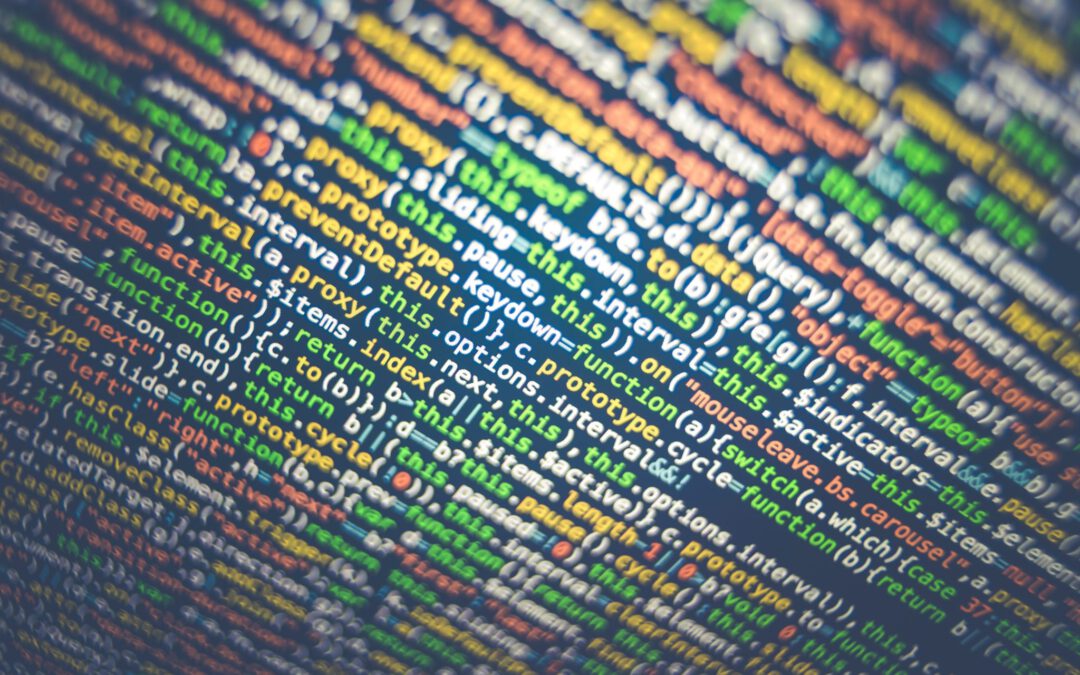On May 4, 2016, the first cloud programmable Quantum Computer from the IBM released to the public. The IBM Quantum Experience thereby enabled anyone, even without direct access to a research lab, to experience quantum computing technology and thus learn and explore it.
There are now 18 quantum computing systems available to the IBM Quantum Community as well as IBM clients on the IBM Q Network, and more systems will be added in the future. In total, more than 200,000 users, including some from IBM's more than 100 Q Network partners, have joined IBM's efforts to conduct basic research in quantum information technology, develop applications in a wide variety of industrial and business sectors, and train the future quantum computing experts. Within the last four years, this has resulted in more than 175 billion Quantum Circuits executed on IBM quantum computers, enabling over 200 scientific publications by researchers from around the world.
In addition to the quantum computing hardware, IBM is working with the quantum computing research community to develop a powerful open source software development environment naming Qiskit. This software, primarily written in Python, is now no longer used solely for programming and thus controlling IBM quantum computers, but is also used for other quantum computing approaches.
On May 4, 2020, IBM and the community celebrated the fourth anniversary of the IBM Quantum Experience with the IBM Quantum Challenge. For four days, you could solve tasks in four difficulty levels and learn a lot from getting started using Qiskit in Juypter notebooks to optimizing a quantum algorithm, get to know others in the community via Slack, and exchange ideas and help each other.
In September 2020, this topic will be addressed by IBM at the University-Event placed and presented more explicitly once again.

